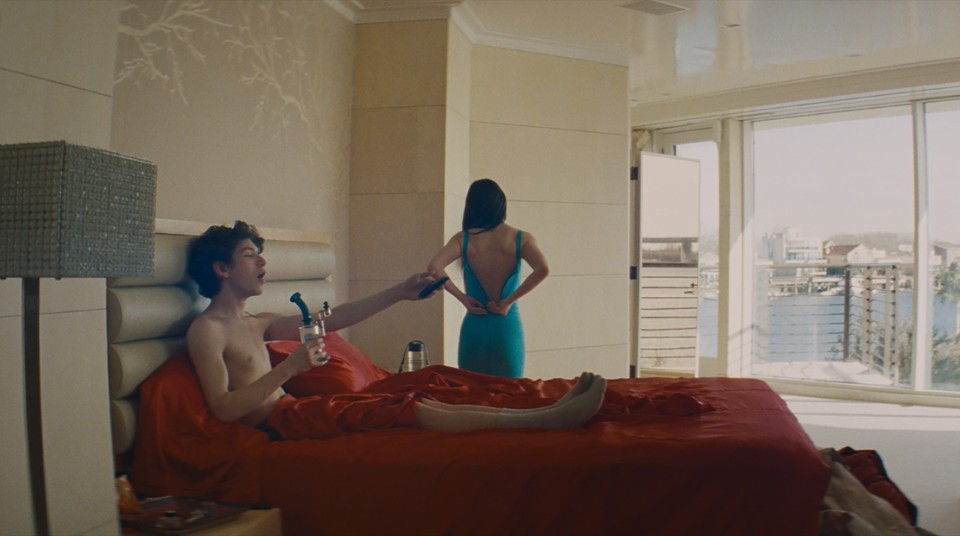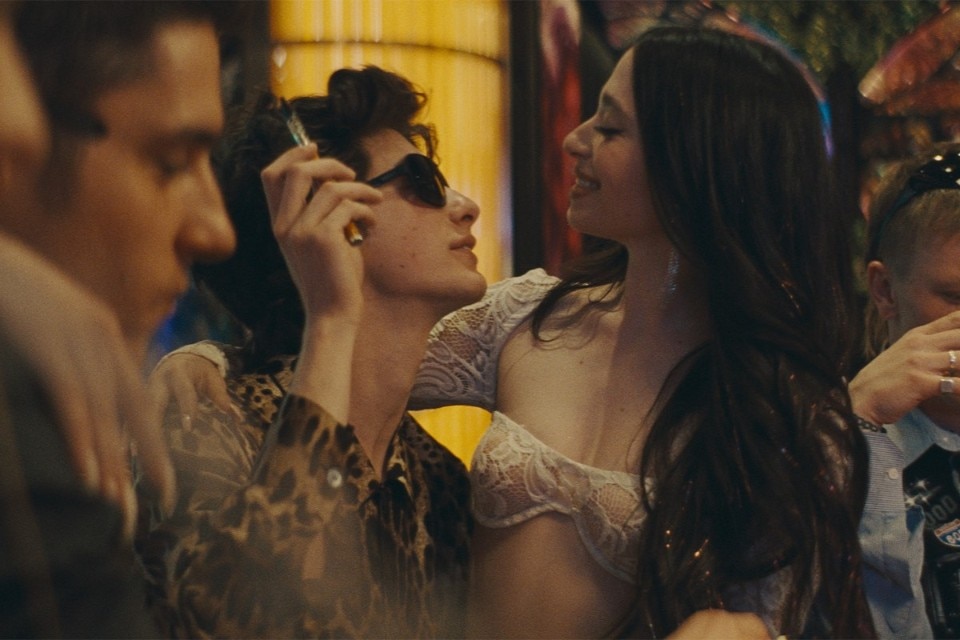Early in Anora, the protagonist – whose name gives the film its title – steps into a luxurious home. She’s there at the invitation of Vanya, a Russian boy with halting English and a client from the strip club where she works.
Anora undresses for money, and Vanya offers her more in exchange for sex. Practical and unflinching, she agrees. Yet, despite understanding she had landed someone wealthy, she is stunned – not just by the money but by what the house reveals about him. Vanya isn’t merely wealthy; he’s obscenely rich – or rather, his family is. His parents, absent and living in another state, loom large in the background. At one point later in the film, Vanya prompts her to Google his father’s name. We don’t see what she finds, but Anora’s expression says it all. Like the audience, she pieces together the truth through the house’s interior design.

This opulent home is more than a backdrop; it’s a character in its own right, hinting at the larger narrative to come. Just as the film eventually broadens its scope to encompass all of New York City, it uses space, interactions, and relationships to tell a story that transcends dialogue. Mediocre films rely on characters to spell things out; great ones show us through imagery. And Anora, a Cannes Palme d’Or winner, demonstrates this mastery of visual storytelling, capturing emotions and subtext through its carefully composed mise-en-scène. The film opens in the unremarkable but tidy design of a strip club – not seedy, but functional. It’s the kind of place that feels “clean enough,” without any overt danger or grime. This contrasts sharply with Vanya’s mansion, introduced in a long, meticulously crafted sequence.
Director Sean Baker captures the diverse patchwork of New York life each woven into the city’s fabric, despite their disparate worlds.

The house is sprawling, with massive windows framing breathtaking vistas, a gated entrance guarded round-the-clock, sleek glass coffee tables, and a sculptural spiral staircase leading to the upstairs bedrooms. Despite its grandeur, it feels cavernous and hollow, all show and no soul. The decor shouts wealth but reveals little about its inhabitants, suggesting a space curated to impress rather than lived in – a cold stage rather than a warm home.
For Anora, this world of extravagance marks a potential turning point. Vanya is naive and infatuated with her, enchanted by her sexual confidence and allure. To Anora, the house feels like a portal to another life. Earlier, we saw where she lives: a cramped, noisy room with a tiny window and biting cold. By contrast, Vanya’s house is warm and inviting; even in the dead of winter, one could comfortably lounge around in underwear – or less. It’s also a party house, hosting lavish soirées that leave teams of staff tidying up the next day. Yet Anora isn’t out of place here. Unlike Julia Roberts’ character in Pretty Woman, awkwardly navigating the world of Richard Gere’s millionaire, Anora slides into this lifestyle effortlessly, as though she were born to it. She embraces it without hesitation, seemingly intent on making it her own.
When Anora and Vanya impulsively marry in Las Vegas, the stakes skyrocket. Their union provokes outrage from Vanya’s influential family, whose enforcers quickly step in. They demand that Anora divorce him, offering her two options: the easy way or the hard way. True to her fiery spirit, she refuses to comply. What follows is a chaotic escalation, blending comedy with rising tension – a testament to the script’s brilliance in maintaining a comedic tone even as the stakes intensify. The pristine living room, once a symbol of aspiration, transforms into a battleground. In the resulting clash, Anora’s defiant resistance and simmering rage wreak havoc on the immaculate decor. Objects shatter, furniture upends, and the house, which once seemed like a gateway to a new life, is left in ruins. As the dream she chased begins to crumble, the physical destruction mirrors her inner turmoil.
The chaos spills out into New York’s streets, setting the stage for a wild, nocturnal odyssey. Anora, reluctant but compelled, teams up with Vanya’s bumbling henchmen as they scour the city – bars, shops, and homes alike – searching for the boy who’s fled, terrified of facing his responsibilities. This middle act shifts focus, making New York itself the film’s true protagonist. From the desolate piers of Coney Island to Brooklyn’s throbbing clubs and Manhattan’s eerily quiet, car-free streets, the city transforms into a living, breathing character. Iconic landmarks like the carnival rides at Coney Island take on a haunting emptiness in the frigid winter night, while downtown nightclubs overflow with frenetic energy. Even those unfamiliar with New York will see its familiar sights in a strikingly different light.

In Anora, New York becomes a maze, its chaos echoing the characters’ desperation. The humor arises not only from the absurdity of the situations but also from the sheer madness of trying to find one person in the sprawling city. Filming the search on foot and by car amplifies the sense of disarray. Director Sean Baker captures the diverse patchwork of New York life – a stripper, an Orthodox priest, and two hapless goons – each woven into the city’s fabric, despite their disparate worlds. This universality is part of Anora’s magic, which charmed audiences and even the notoriously critical Cannes jury with its tale of love – or perhaps something else entirely – money, and the hunt for meaning.

The film’s final act delivers an extraordinary twist, best left unspoiled. Here, the setting shifts yet again. Gone are the opulent mansions and the vibrant, nocturnal streets of the city. Instead, we find ourselves in a far more desolate environment – an airport, a private jet, and drab little offices, the sterile backdrop for a grim negotiation. Then, in a stroke of brilliance, the narrative circles back to the houses from the beginning. But this time, everything feels different. The same design elements and interiors now convey entirely new emotions, reflecting the profound shifts in the characters’ relationships and lives.
Anora is a masterclass in visual storytelling. It skillfully entertains with comedy while quietly constructing a deeply meaningful finale. It’s no coincidence that the climax takes place in a dimly lit living room, an environment that, for the first time, feels intimate, warm, and profoundly personal. The film subtly argues that design is not just about aesthetics but about how a space embodies and mirrors the emotions and connections of its inhabitants. In the end, the ability to truly inhabit a space with genuine feeling wasn’t a given – it was hard-won.


